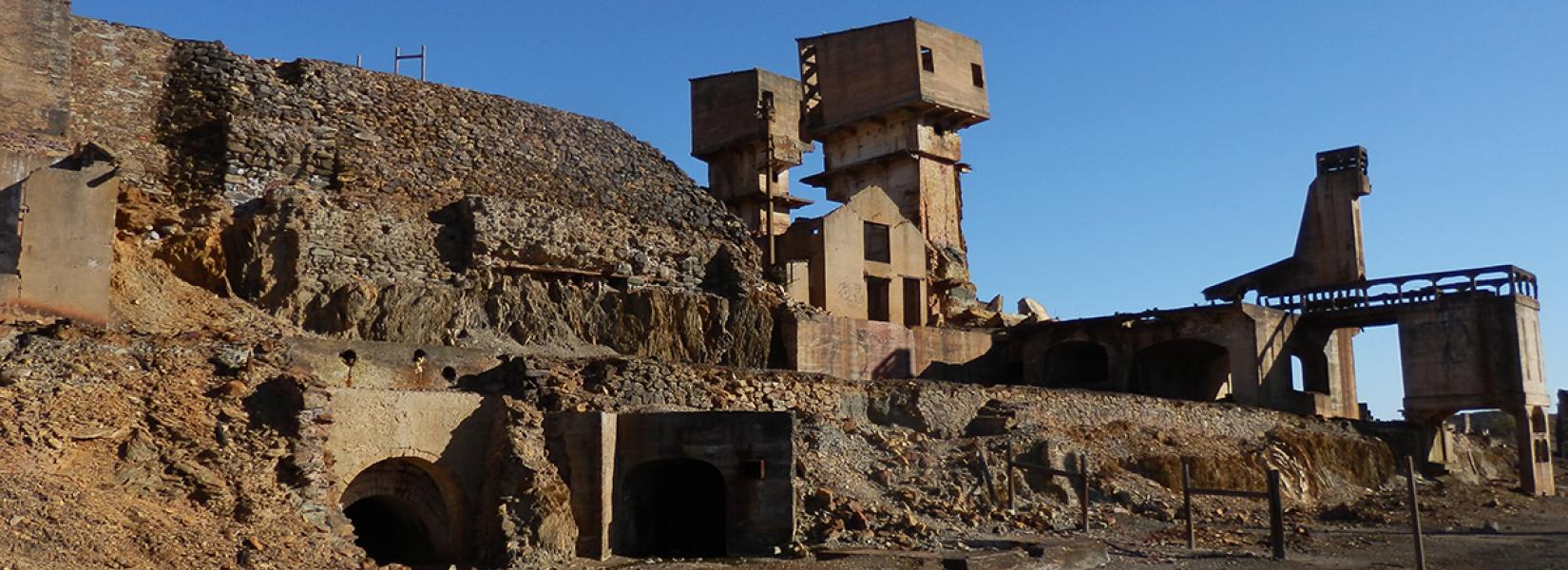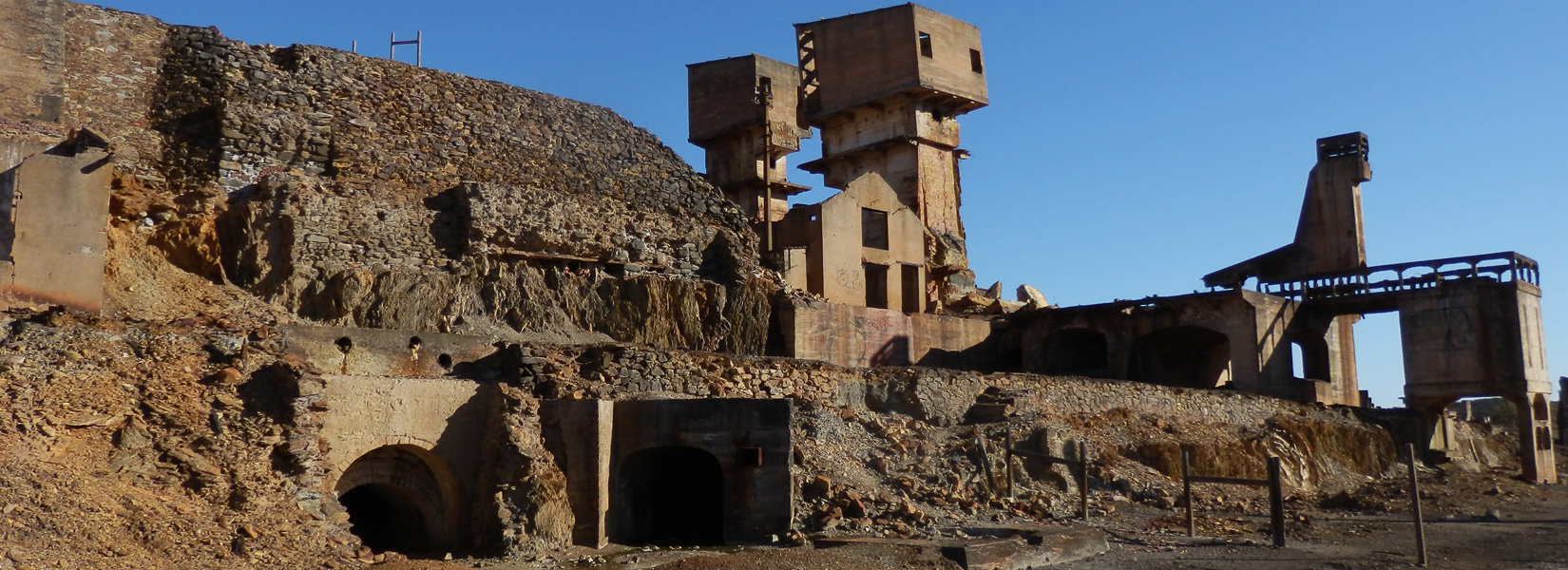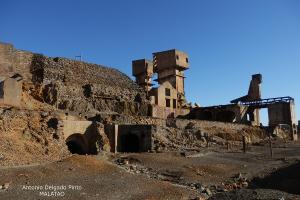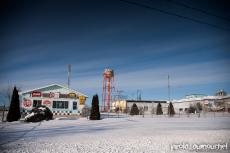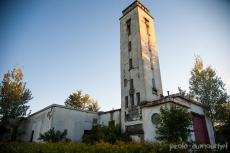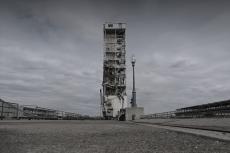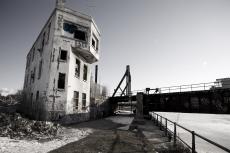The place is big, very big. While the building is nearly 200,000 square feet, the site, meanwhile, is over than 430,000 square feet in an agricultural area of Saint-Jean-sur-Richelieu. For those interested, the site is for sale and the current...
The abandoned mine of Achada do Gamo
An abandoned open pit mine
Located in São Domingos (province of Alentejo) south of Lisbon, capital of Portugal, the mine of Achada do Gamo is an abandoned open pit mine. Located in the heart of the Iberian Pyrite Belt, which extends from southern Portugal to Spain, the region of the mine consists of the outcropping volcanic and sedimentary rocks that vary in age from 542 to 251 million years.
The history of mining in the area dates back over 4300 years when Phoenicians and Carthaginians already harvested copper during the Chalcolithic period (Copper Age).
It will nevertheless expect the ancient Romans who intensified the production of copper on a large scale. For nearly 400 years, they exploit a mine of copper and pyrite. At this time, the mines could reach a depth of over 40 meters.
The industrial revolution modernize extraction techniques and a British company called Barry Mason took control of the São Domingos mine. They create the Achada do Gamo mine around 1858 and it will continue its operation until 1966, when it closed due to ore depletion. With its intensive operations, and hundred years later at its closure, the open pit mine was a depth of 120 meters and a perimeter of approximately 2 km. It is calculated that all the periods of mining resulted in the production of 25 Mt, and mine waste material in the area is estimated at several hundred thousand tons. In this context, important environmental problems are associated, which are visible within an area around 50 km2.
Related content
The abandoned Val Rose plant is unquestionably one of the most famous spots in Quebec City area. And honestly, I was rather reluctant to go there. Not that I thought the spot wasn't interesting, but in general, a place known as the Val Rose is,...
So you might think the old Conveyor dock's tower straight out of the fourteenth century, but you're wrong. The pier on which it is located was built in 1956-1957 and was one of the last marine works at the port of Montreal before it does change...
Built in 1930, the Wellington tower has ceased operations in 2000. Despite the years that have passed and graffiti artists who came to express their art, the structure of the old tower is still ok. When it was in operation, that's where that were...

